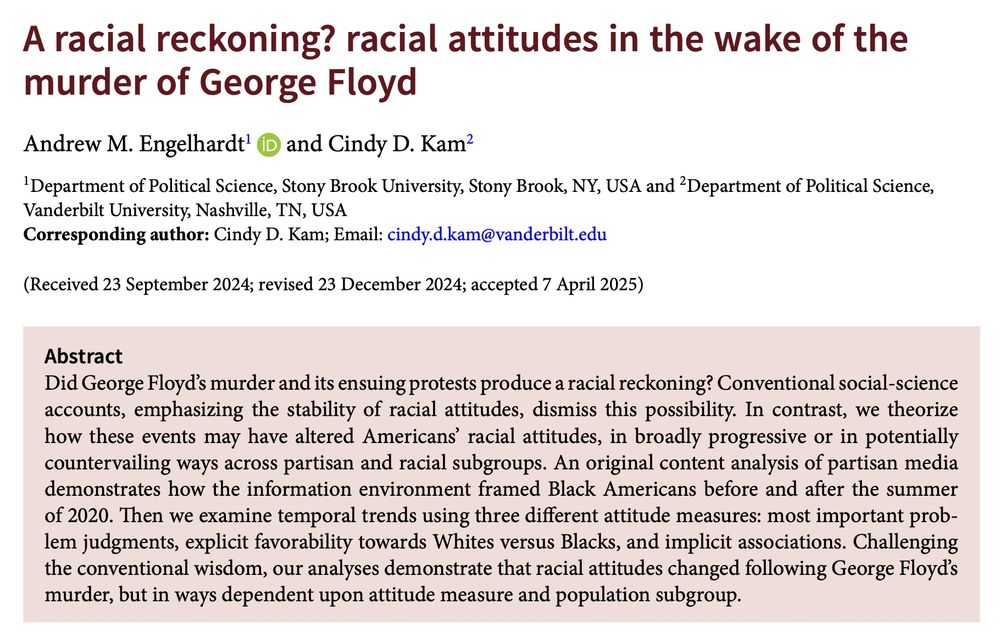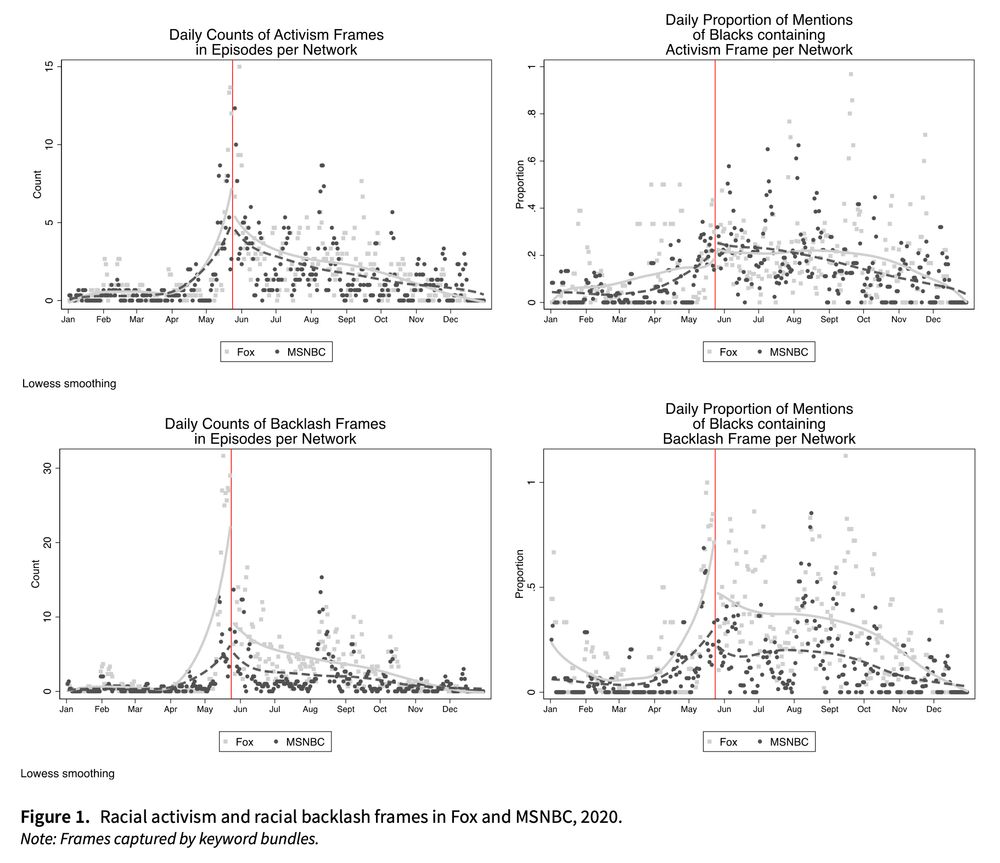Nils Reimer
@reimtime.bsky.social
2.3K followers
430 following
80 posts
Social Psychologist | Intergroup Relations, Social Injustice, Social Change | Quantitative Methods | Assistant Professor @ucsb.bsky.social | he/him
Posts
Media
Videos
Starter Packs
Reposted by Nils Reimer
Reposted by Nils Reimer
Reposted by Nils Reimer
Reposted by Nils Reimer
Reposted by Nils Reimer
Reposted by Nils Reimer
Reposted by Nils Reimer
Reposted by Nils Reimer
Reposted by Nils Reimer
Reposted by Nils Reimer
Reposted by Nils Reimer
Nils Reimer
@reimtime.bsky.social
· Sep 3
Reposted by Nils Reimer
Reposted by Nils Reimer
Reposted by Nils Reimer
Reposted by Nils Reimer
Nils Reimer
@reimtime.bsky.social
· Aug 27
Reposted by Nils Reimer








![SUPREME COURT OF THE UNITED STATES
-
No. 25A169
-
KRISTI NOEM, SECRETARY, DEPARTMENT OF HOMELAND SECURITY, ET AL. U. PEDRO
VASQUEZ PERDOMO, ET AL.
ON APPLICATION FOR STAY
[September 8, 2025]
The application for stay presented to JUSTICE KAGAN and by her referred to the Court is granted. The July 11, 2025 order entered by the United States District Court for the Central District of California, case No. 2:25-cv-5605, is stayed pending the disposition of the appeal in the United States Court of Appeals for the Ninth Circuit and disposition of a petition for a writ of certiorari, if such a writ is timely sought. Should certiorari be denied, this stay shall terminate automatically. In the event certiorari is granted, the stay shall terminate upon the sending down of the judgment of this Court.](https://cdn.bsky.app/img/feed_thumbnail/plain/did:plc:36eqtmzysqf7wsslczw4uxcd/bafkreibxmw7us44keftyrwzd2w3ycrn2gd5pb24kqw3syazwrqjmkq2mym@jpeg)












